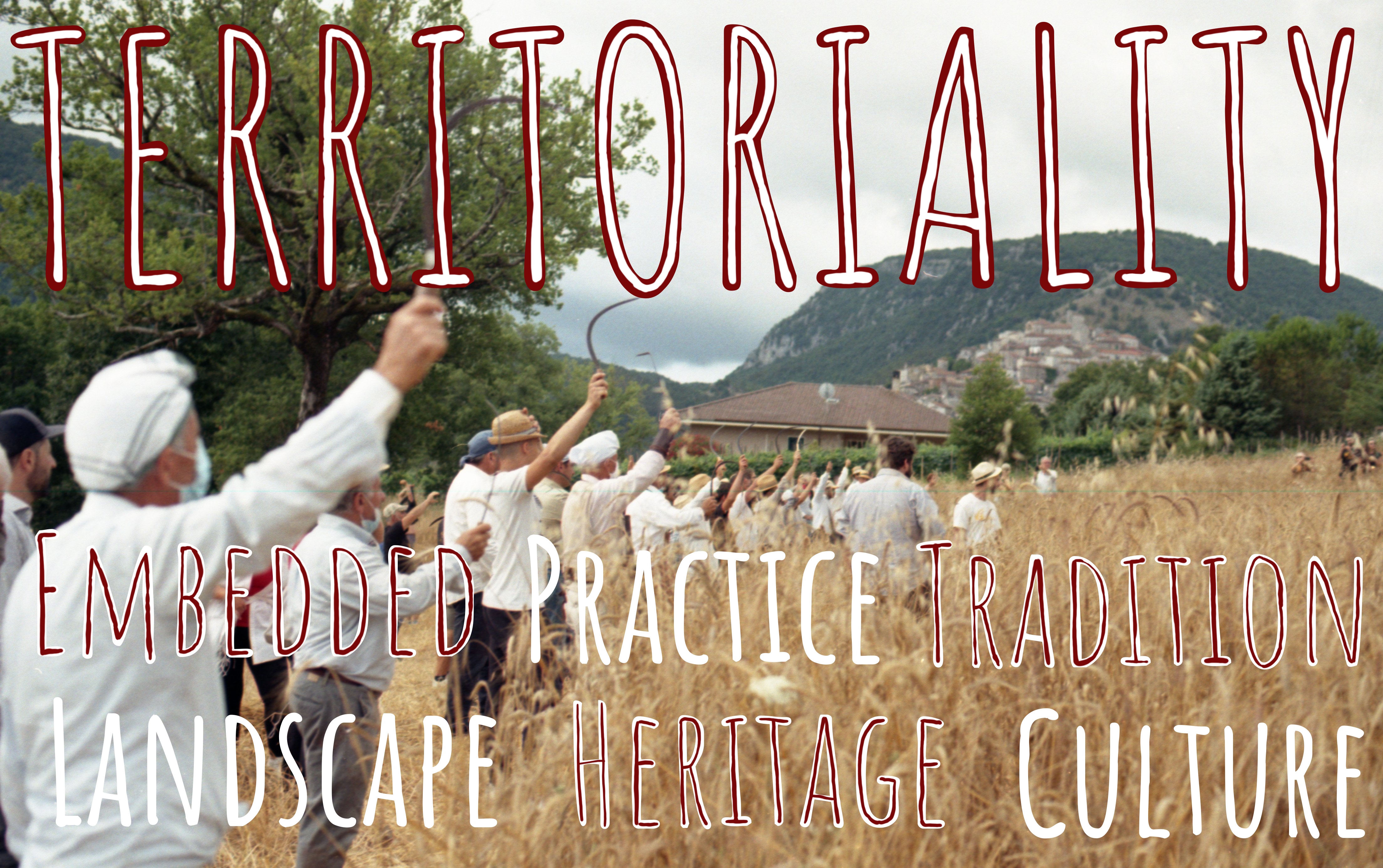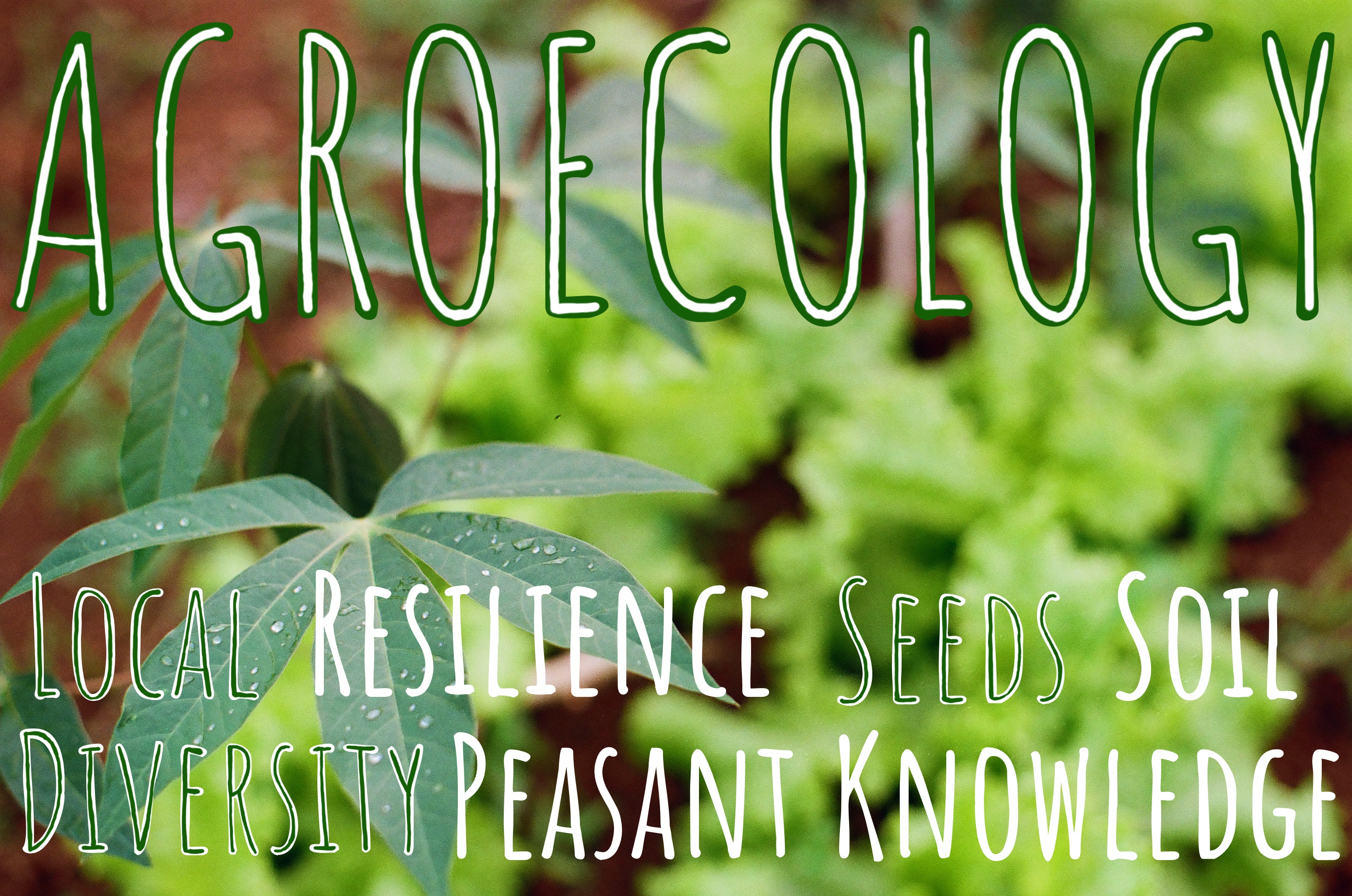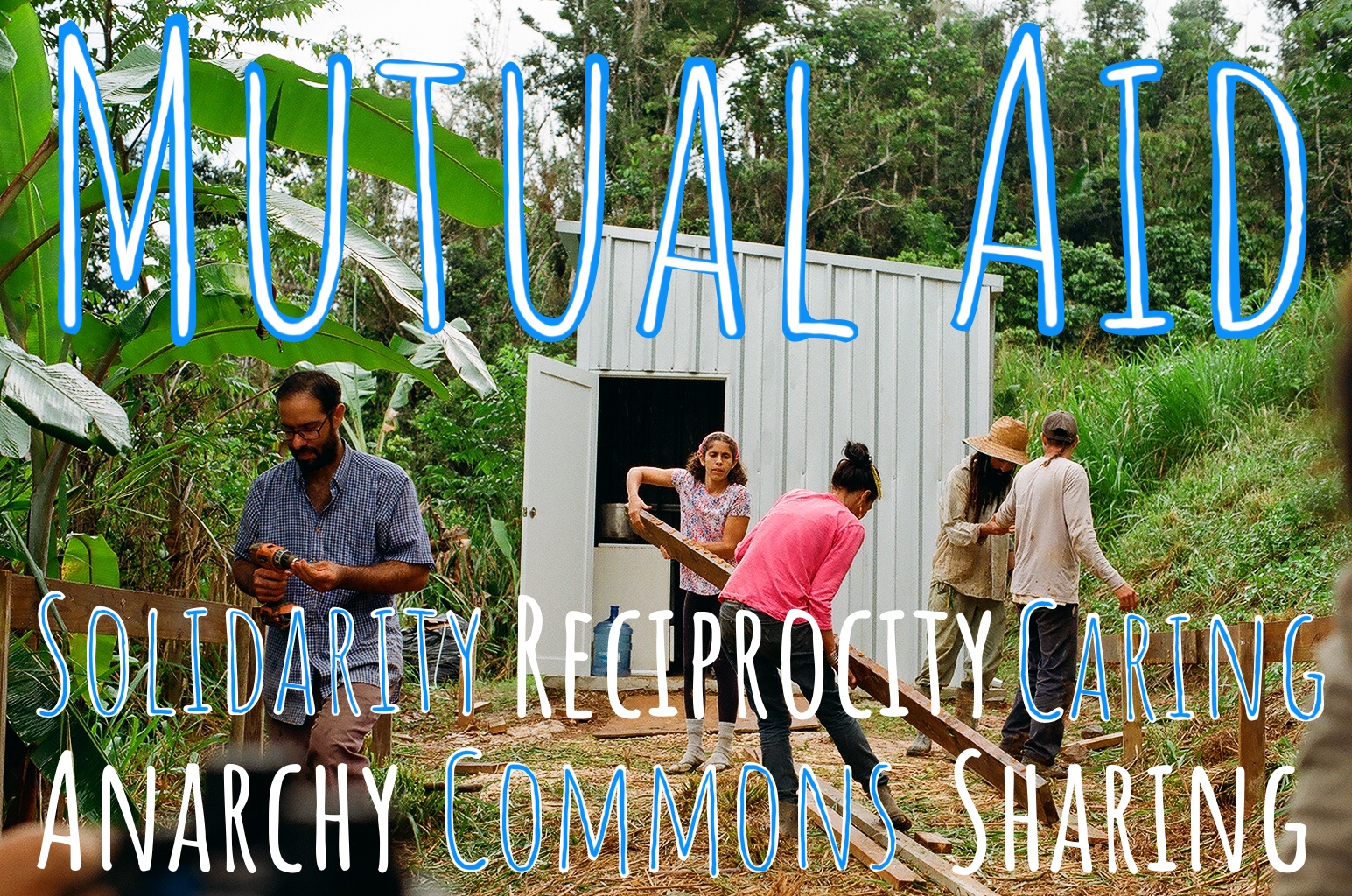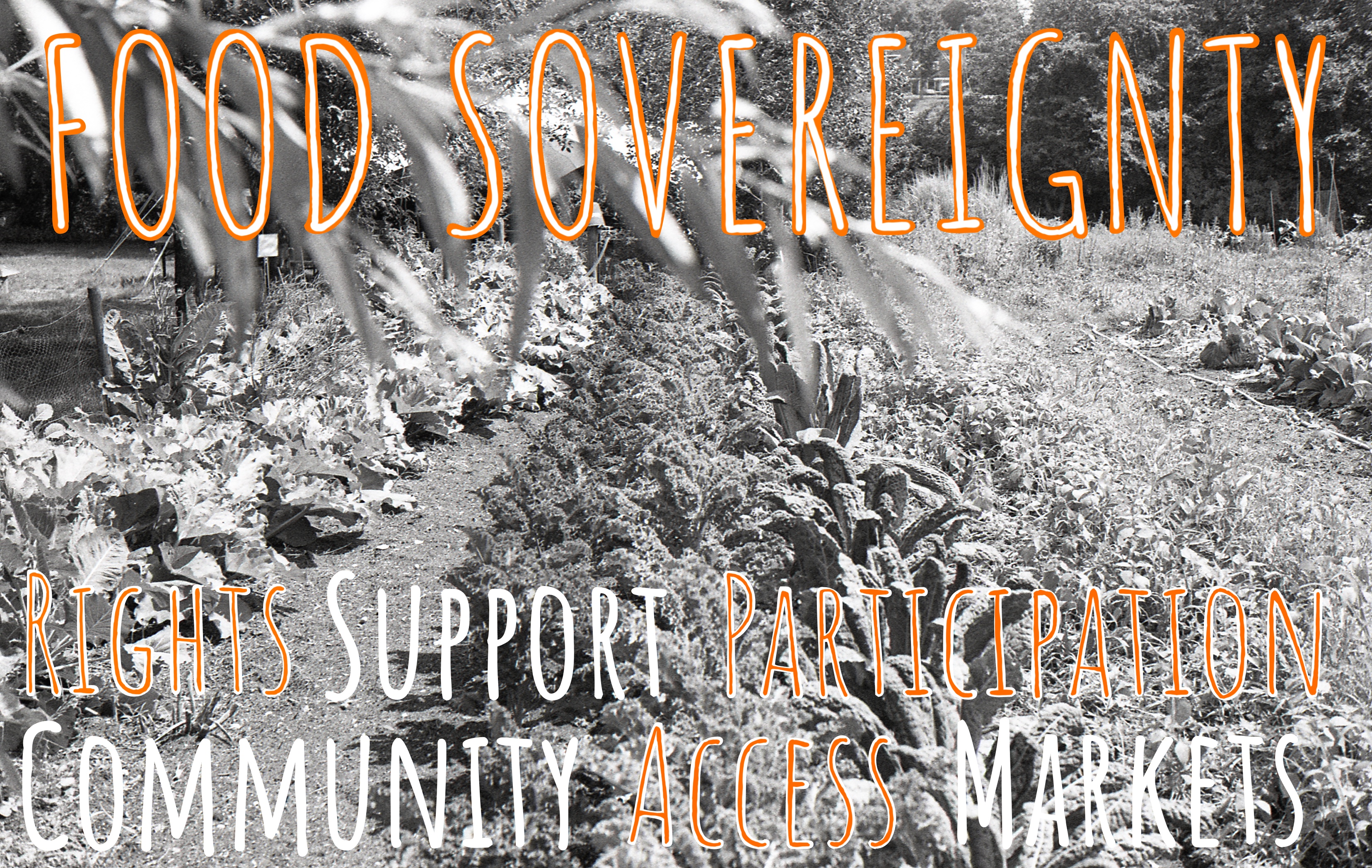
Territoriality
A collective identity that is woven through place and landscapes, its history, ancestry, cultures, food and enviornment.
Territories are geographical and intrinsically linked to the local natural (as well as the spiritual) world , yet they are also constantly being produced and re-produced by those who inhabit those spaces, through practice. In this way territories are constantly finding new meaning within the past, present and future of the multiple ways of being that express themselves in that space.
A collective identity that is woven through place and landscapes, its history, ancestry, cultures, food and enviornment.
Territories are geographical and intrinsically linked to the local natural (as well as the spiritual) world , yet they are also constantly being produced and re-produced by those who inhabit those spaces, through practice. In this way territories are constantly finding new meaning within the past, present and future of the multiple ways of being that express themselves in that space.

Intercropping of Yuca (Cassava) and Lettuce, Lares
Agroecology
“Agroecology is considered jointly as a science, a practice and a social movement. As a science, it gives priority to action research, holistic and participatory approaches, and transdisciplinarity that is inclusive of different knowledge systems. As a practice, it is based on sustainable use of local renewable resources, local farmers’ knowledge and priorities, wise use of biodiversity to provide ecosystem services and resilience, and solutions that provide multiple benefits (environmental, economic, social) from local to global. As a movement, it defends smallholders and family farming, farmers and rural communities, food sovereignty, local and short food supply chains, diversity of indigenous seeds and breeds, healthy and quality food.”
From Agroecology Europe
“Agroecology is considered jointly as a science, a practice and a social movement. As a science, it gives priority to action research, holistic and participatory approaches, and transdisciplinarity that is inclusive of different knowledge systems. As a practice, it is based on sustainable use of local renewable resources, local farmers’ knowledge and priorities, wise use of biodiversity to provide ecosystem services and resilience, and solutions that provide multiple benefits (environmental, economic, social) from local to global. As a movement, it defends smallholders and family farming, farmers and rural communities, food sovereignty, local and short food supply chains, diversity of indigenous seeds and breeds, healthy and quality food.”
From Agroecology Europe

Poring frest goats milk through a cloth to begin the cheese making process in Val Susa
Campesin@
“Central to the peasant condition is the struggle for autonomy, survival and progress in a hostile context that is characterized by dependency relations, deprivation and marginalization. This struggle aims at the creation and development of a self controlled resource base, that allows for forms of co-production of man and living nature that interact with the market, allow for survival and that positively feed back into, and strengthen, the resource base, thus improving the process of co-production and enlarging the required autonomy . The same struggle often implies being engaged in other activities as well, in order to sustain this cycle.
It is important to note, in the first place, that the peasant condition, and the peasant mode of farming it entails, is not static, nor fixed in-time. Secondly, it should be emphasised that the given definition does not entail any geographical and/or historical delineation. It covers, instead, a wide range of conditions and is a useful way of encompassing an overwhelming heterogeneity. This leads to a third point: The given definition is not generic. Those involved in farming are not ‘automatically’ to be seen and understood as peasants.”
From Jan Douwe van der Ploeg
“Central to the peasant condition is the struggle for autonomy, survival and progress in a hostile context that is characterized by dependency relations, deprivation and marginalization. This struggle aims at the creation and development of a self controlled resource base, that allows for forms of co-production of man and living nature that interact with the market, allow for survival and that positively feed back into, and strengthen, the resource base, thus improving the process of co-production and enlarging the required autonomy . The same struggle often implies being engaged in other activities as well, in order to sustain this cycle.
It is important to note, in the first place, that the peasant condition, and the peasant mode of farming it entails, is not static, nor fixed in-time. Secondly, it should be emphasised that the given definition does not entail any geographical and/or historical delineation. It covers, instead, a wide range of conditions and is a useful way of encompassing an overwhelming heterogeneity. This leads to a third point: The given definition is not generic. Those involved in farming are not ‘automatically’ to be seen and understood as peasants.”
From Jan Douwe van der Ploeg

A part of a Mutual Aid Brigada hard at work in Orocovis
Mutual Aid
“Mutual aid is a voluntary reciprocal exchange of resources and services for mutual benefit. Mutual aid projects are a form of political participation in which people take responsibility for caring for one another and changing political conditions. The term "mutual aid" was popularised by the anarchist philosopher Peter Kropotkin in his essay collection Mutual Aid: A Factor of Evolution, which argued that cooperation, not competition, was the driving mechanism behind evolution. Kropotkin argued that mutual aid has pragmatic advantages for the survival of humans and animals and has been promoted through natural selection, and that mutual aid is arguably as ancient as human culture. Mutual aid participants work together to figure out strategies and resources to meet each other's needs, such as food, housing, medical care, and disaster relief, while organizing themselves against the system that created the shortage in the first place.”
From Wikipedia
In Agroecology, mutual aid activities which facilitate not only the transfer of knowledge through the generations and diverse groups of farmer practices, but also put that knowledge to work, increasing the autonomy of those groups who participate.
“Mutual aid is a voluntary reciprocal exchange of resources and services for mutual benefit. Mutual aid projects are a form of political participation in which people take responsibility for caring for one another and changing political conditions. The term "mutual aid" was popularised by the anarchist philosopher Peter Kropotkin in his essay collection Mutual Aid: A Factor of Evolution, which argued that cooperation, not competition, was the driving mechanism behind evolution. Kropotkin argued that mutual aid has pragmatic advantages for the survival of humans and animals and has been promoted through natural selection, and that mutual aid is arguably as ancient as human culture. Mutual aid participants work together to figure out strategies and resources to meet each other's needs, such as food, housing, medical care, and disaster relief, while organizing themselves against the system that created the shortage in the first place.”
From Wikipedia
In Agroecology, mutual aid activities which facilitate not only the transfer of knowledge through the generations and diverse groups of farmer practices, but also put that knowledge to work, increasing the autonomy of those groups who participate.

Celebrating Sanidino, Tola
Rurality & Resistance
The nature of rurality, is fraught with tension. A tension which pushes rural communities towards dependence and autonomy, resistance and subjugation, existence and defeat. How people do what they do, differently, and advance their form of rurality is not necessarily an explicit form of insubordination, yet can shape more discrete, covert and even occult operations. Networks of knowledge sharing, mutual-aid groups and cooperation are often forms of discrete counter-power, set in opposition to the state and its conceptualisation of the rural, re-shaping their social imagination as protagonists with the capacity to transform their territory.
The nature of rurality, is fraught with tension. A tension which pushes rural communities towards dependence and autonomy, resistance and subjugation, existence and defeat. How people do what they do, differently, and advance their form of rurality is not necessarily an explicit form of insubordination, yet can shape more discrete, covert and even occult operations. Networks of knowledge sharing, mutual-aid groups and cooperation are often forms of discrete counter-power, set in opposition to the state and its conceptualisation of the rural, re-shaping their social imagination as protagonists with the capacity to transform their territory.
 A market Garden during the Covid Pandemic, Wageningen
A market Garden during the Covid Pandemic, WageningenFood Sovereignty
Food sovereignty is the peoples’, Countries’ or State Unions’ RIGHT to define their agricultural and food policy. Food sovereignty includes:
- prioritizing local agricultural production in order to feed the people, access of peasants and landless people to land, water, seeds, and credit.
- the right of farmers, peasants to produce food and the right of consumers to be able to decide what they consume, and how and by whom it is produced.
- the right of Countries to protect themselves from too low priced agricultural and food imports.
- agricultural prices linked to production costs : they can be achieved if the Countries or Unions of States are entitled to impose taxes on excessively cheap imports, if they commit themselves in favour of a sustainable farm production, and if they control production on the inner market so as to avoid structural surpluses.
- the populations taking part in the agricultural policy choices.
- the recognition of women farmers’ rights, who play a major role in agricultural production and in food.
From La Via Campesina
Food sovereignty is the peoples’, Countries’ or State Unions’ RIGHT to define their agricultural and food policy. Food sovereignty includes:
- prioritizing local agricultural production in order to feed the people, access of peasants and landless people to land, water, seeds, and credit.
- the right of farmers, peasants to produce food and the right of consumers to be able to decide what they consume, and how and by whom it is produced.
- the right of Countries to protect themselves from too low priced agricultural and food imports.
- agricultural prices linked to production costs : they can be achieved if the Countries or Unions of States are entitled to impose taxes on excessively cheap imports, if they commit themselves in favour of a sustainable farm production, and if they control production on the inner market so as to avoid structural surpluses.
- the populations taking part in the agricultural policy choices.
- the recognition of women farmers’ rights, who play a major role in agricultural production and in food.
From La Via Campesina